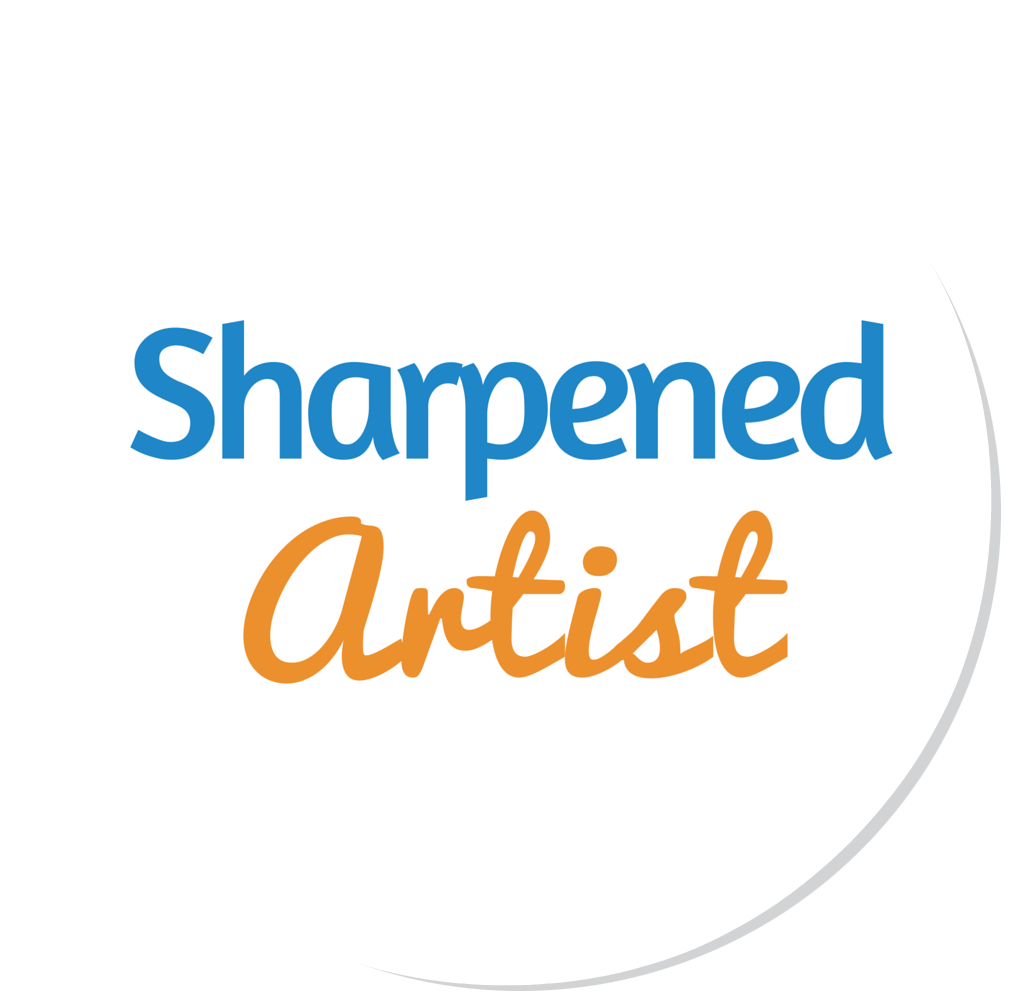Colored Pencil Supplies
Colored Pencils
Many fine art stores will offer a variety of colored pencils to choose from. It is difficult to know which pencil brands to trust.
I’ve put together my list of pencils and other products that I use in my artwork, workshops, and courses.
If you enjoy shopping on Amazon, you can easily find these supplies in my store.
I made two lists depending on where you are in your colored pencil journey:
https://www.amazon.com/shop/sharpenedartist
(I do receive a small commission on some of the products listed, with no additional cost to you. Thank you for your support.)
You can also use my favorite art supplier, Blick, to purchase most of the products listed below.
Here’s the Blick Link: https://www.dickblick.com
For most of my courses, classes, and workshops I recommend the following Products:
Faber-Castell Polychromos (oil-based pencils)
Caran d’Ache Luminance (wax-based pencils) Drawing with Caran d’Ache Luminance pencils is an exquisite experience! They are smooth and vibrant. They sharpen easily with a long-lasting pencil point. Well constructed and durable. And because the entire line of caran d'ache Luminance are lightfast--meaning their colors don't fade over time--you can trust that even years later any work created will remain beautiful.
Caran d'Ache Pablo These pencils are exceptional for the strong, tiny point and will go on top of just about any other pencil. They also have a resist quality that makes them great to use if you mix other mediums in your work. I love using these for the final layers of hair on portraits!
Lately, I’ve also been recommending the Derwent Lightfast pencils which are also an oil-based pencils.
Another good pencil line for soft, more opaque applications I recommend the Derwent Drawing set. These are wax-based with excellent lightfast ratings.
If you're wanting a less expensive brand you could use Prismacolor Colored pencil sets, they're acceptable when just starting out.
Surfaces
Paper and surfaces: I recommend heavyweight art paper with medium or a smooth tooth surface.
For cotton paper, I prefer Stonehenge paper.
For the non-absorbent surfaces I prefer the following surfaces:
Another great sanded paper is called Lux-Archival Premium Sanded Paper by BrushAndPencil.com
Sharpeners
Pencil Sharpeners: Hand held or electric should do the job. My preference for a hand-held is the Super Point made by Derwent. Or my new favorite electric sharpener by Afmat called the Long Point Pencil Sharpener!
Pencil Grinder: The Raffine Pencil Grinder is a reusable metal file tool to create an extremely fine point on your pencil and can save you from sharpening away so much of your pencil. Here’s the amazon link: https://amzn.to/3WCZ4Ej It’s also part of my Amazon shop under Pencil Sharpeners.
Erasers and lifting tools
Kneaded Eraser: One kneaded eraser, and some type of plastic or vinyl eraser.
Sticky Putty: Sticky Putty Link - Reusable Museum & Gallery Quality Adhesive Putty
Tape: low tack, artist Masking Tape, or any type of low tack tape.
Electric Erasers: The battery-operated eraser that I currently recommend is the Afmat eraser. It’s perfectly sized to fit in your hand and has two different nib sizes. The smaller size is perfect for removing very small areas.
Sand Eraser: The Tombow Mono Sand Eraser is the perfect additional eraser for stubborn areas. It has a small amount of silica grit encased with rubber latex.
Vinyl Eraser: I recommend the Vanish Eraser, or the Moo Eraser (a PVC material) is also a good choice. Both of these vinyl erasers are latex-free and will begin to crumble at just the right time to protect the surface.
Solvents: To achieve a more painterly look to your work or speed up rendering, I use Gamsol by Gamblin. Depending on the project surface, you can use a stiff bristle brush for applying Gamsol or even a soft brush. Gamsol is an odorless mineral spirit.
Brushes for solvent: Brush Stiff Fix-It Size 2 (great to use on Sanded Paper)
Air Rocket: Giottos Air Rocket for removing dust and eraser crumbles from the drawing surface. You could also use a brush.
Clipboard: Any type of clipboard that is larger than the paper you are drawing on.
Other supplies I recommend:
Glassine: I use glassine under my hand to prevent any smudging while creating artwork.
Glassine is a thin paper, that safeguards your work during storage by providing resistance to moisture, air, and grease. It’s created from wood pulp and is both environmentally friendly and recyclable.
Scanner: I use the Epson scanner V600. I prefer to scan my work if you’d like a consistent look for representing your artwork online. If your artwork is too large for the scanner, then use a good DSLR camera and pay close attention to the position and type of lighting.
Easel: I use a tabletop easel. This easel has five angle positions. The large surface size makes it great for most projects. The board size is 23 2/9 inches wide by 16 1/2 inches tall.
Touch-Up Texture: This little bottle of magic can help you out if you get in a jam and need small areas of tooth on your paper. Here’s the link: https://www.dickblick.com/products/brush-pencil-colored-pencil-touch-up-texture/
Artist Tracing Light Box: This lightbox is approximately 12x15.5 inches and is extremely bright. It also has a dimmer and the ability to lock the lightness level— Game Changer!! My old one kept blinking off and on whenever it felt like it (and especially if I accidentally touched the power button). This one has far exceeded my expectation. Snag it right here.
